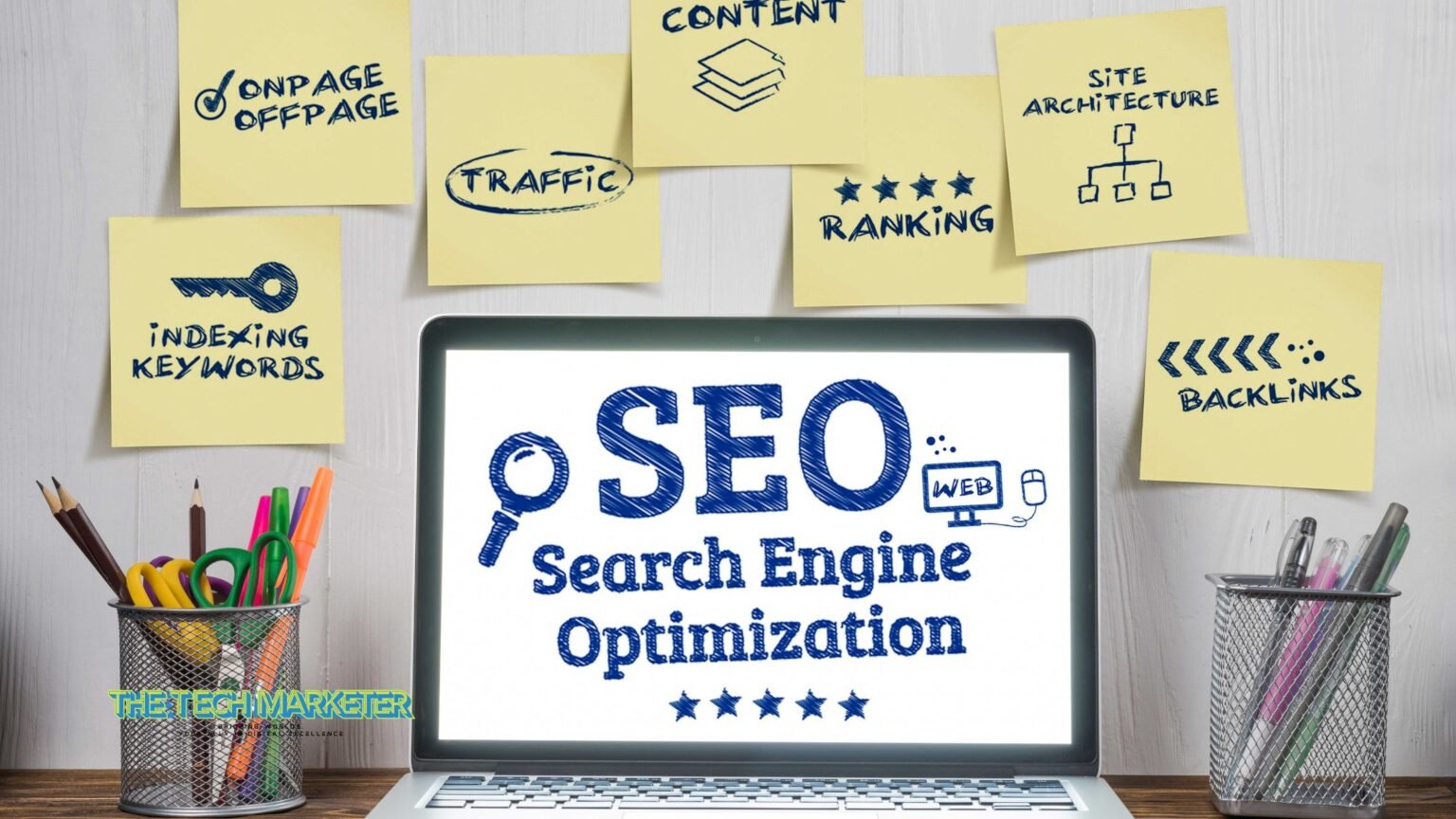Search engine optimization (SEO) is no longer just about rankings—it’s about visibility, trust, and how well you understand user intent across channels.
As AI search, voice interfaces, and zero-click results reshape the SEO landscape, 2025 demands a smarter, more strategic approach.
Here are the 10 most critical SEO priorities for 2025 that every marketer, content creator, and business leader should focus on.
1. Optimize for AI Search & Generative Engine Results
AI-powered search engines like Google’s SGE (Search Generative Experience) are rewriting the rules. Users now get AI-generated answers right in the SERP, often before they even click.
What to Do:
- Structure content to answer questions directly.
- Use FAQ schema, bullet points, and summaries.
- Create expert-driven, nuanced content that AI can pull from.
2. Topical Authority > Keyword Density
Google favors brands that demonstrate deep expertise on a subject, not just those who sprinkle in keywords.
What to Do:
- Build topic clusters, not isolated blog posts.
- Internally link related pages to signal depth.
- Cover beginner to advanced angles within a niche.
3. First-Hand Experience Matters (E-E-A-T Focus)
The “Experience” in E-E-A-T (Experience, Expertise, Authoritativeness, Trust) is increasingly important. Google wants real insights, not AI regurgitation.
What to Do:
- Add first-hand product reviews, case studies, testimonials.
- Include author bios with credentials.
- Avoid shallow, AI-generated content without human perspective.
4. Semantic SEO & Entity-Based Optimization
Search engines now focus more on concepts and context than exact match keywords.
What to Do:
- Use semantic variations and related terms.
- Optimize around entities (people, places, brands).
- Leverage tools like Google’s NLP API or MarketMuse.
5. Faster Pages, Better UX
Page speed and user experience are no longer “nice to have.” They are conversion killers—or boosters.
What to Do:
- Prioritize Core Web Vitals: LCP, FID, CLS.
- Compress images, reduce scripts, and use modern frameworks.
- Improve navigation, readability, and mobile usability.
6. Video & Visual Search Optimization
Video is the future of SERP real estate—especially YouTube, Shorts, and in-SERP clips.
What to Do:
- Embed short-form and long-form videos in key content.
- Use schema markup for video content.
- Optimize thumbnails, transcripts, and timestamps.
7. Local SEO Is Hyper-Personalized
Google is showing different local results based on hyper-specific user intent and location.
What to Do:
- Update Google Business Profile regularly.
- Collect and respond to local reviews.
- Add location pages with specific service details and schema.
8. Structured Data for Rich Results
Schema markup helps search engines understand your content and generate rich snippets.
What to Do:
- Implement schema for FAQs, How-tos, Reviews, Products, etc.
- Use tools like Merkle’s Schema Generator or Google’s Rich Results Test.
- Update schema regularly based on page changes.
9. Zero-Click Optimization Strategy
Not every SEO win ends in a click. But that doesn’t mean it’s not valuable.
What to Do:
- Optimize for featured snippets and People Also Ask.
- Use bold subheadings and concise answers.
- Build brand presence in the SERP even without clicks.
10. SEO + Content + CRO = Unified Strategy
Traffic is useless without conversions. SEO must now align with content strategy and conversion rate optimization.
What to Do:
- Pair content goals with strong CTAs.
- A/B test headlines, offers, and layouts.
- Map each content type to its role in the buyer journey.
✅ 2025 Demands Smarter SEO
SEO in 2025 isn’t about tricking algorithms—it’s about serving real users with real intent through real value.
By focusing on these 10 priorities, you’ll future-proof your strategy for the evolving search landscape—and build durable visibility that actually drives business outcomes.



